DUBAI REEF: work begins on the world's largest manmade reef
Spanning a 600km² area of watery expanse…
The Dubai megaproject can take many forms. We’re used to seeing record-breaking skyscrapers of course, transportation systems, renewable energy plants, purpose-built landmarks, giant dams, engineering marvels, huge residential complexes, leisure facilities and manmade islands.
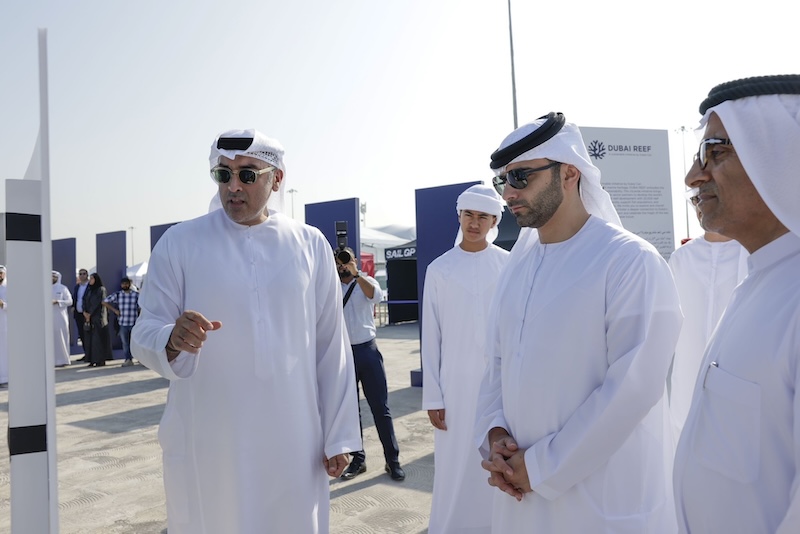
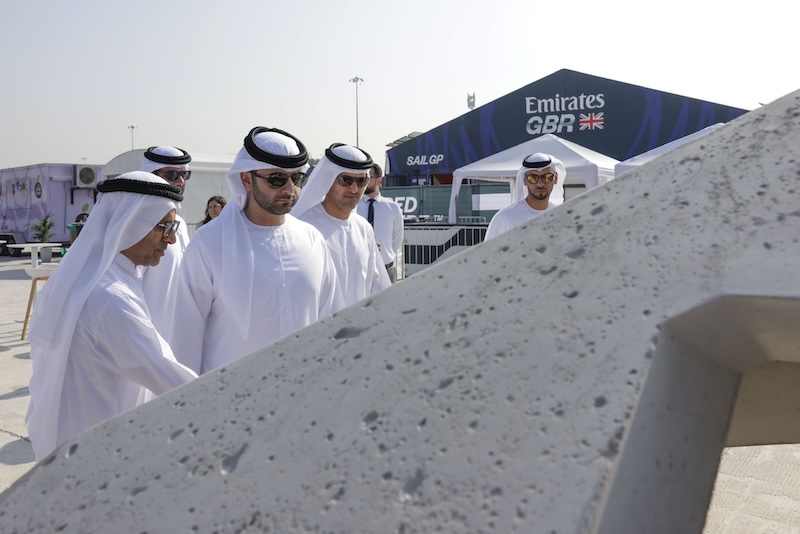
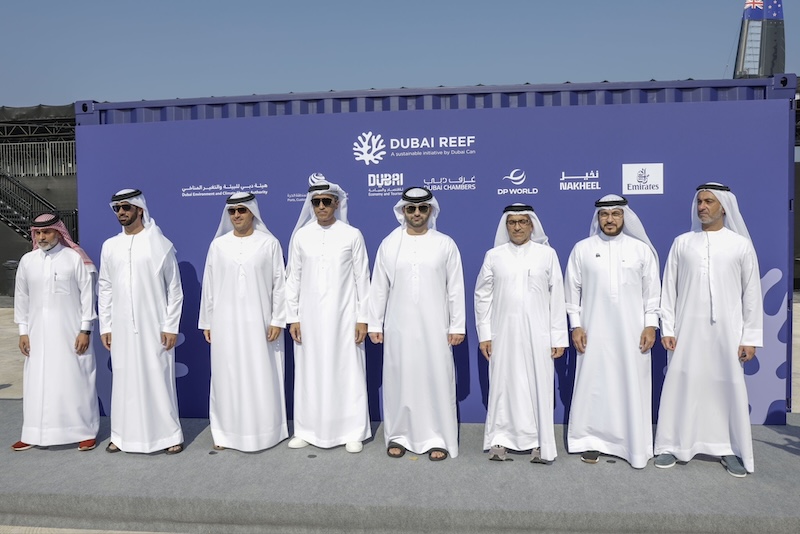
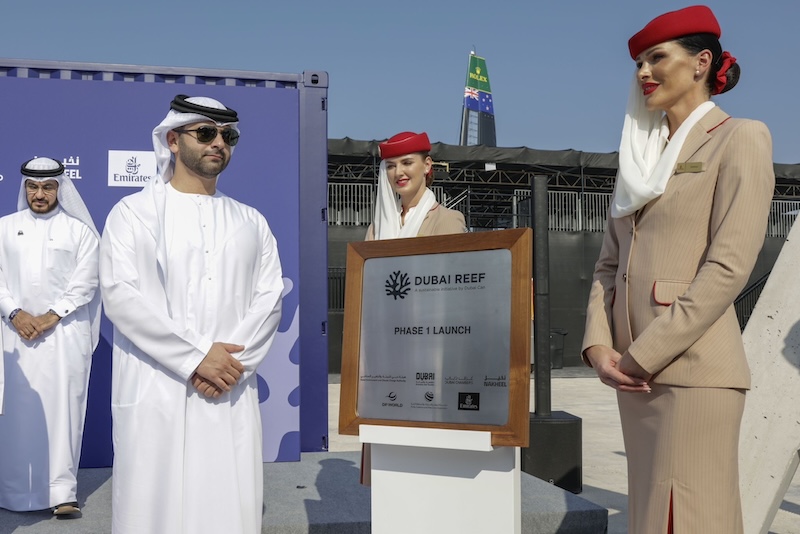
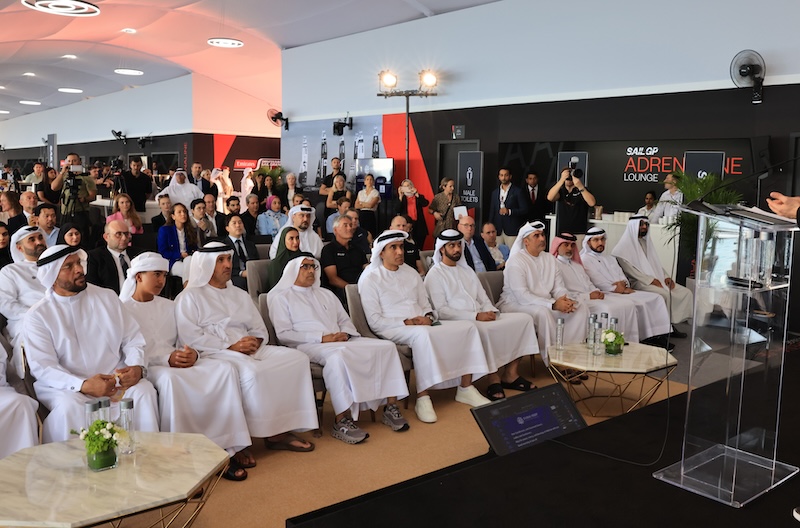
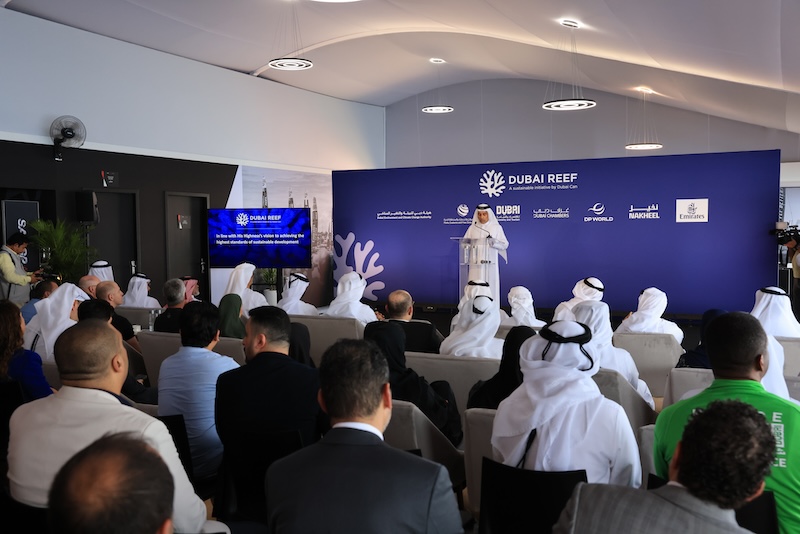
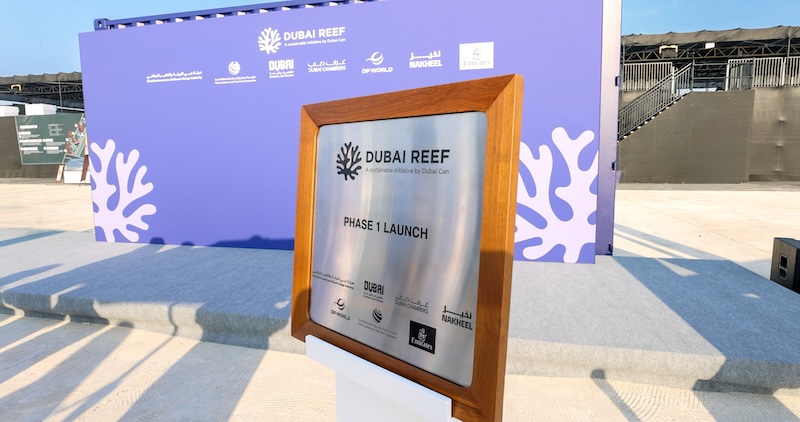
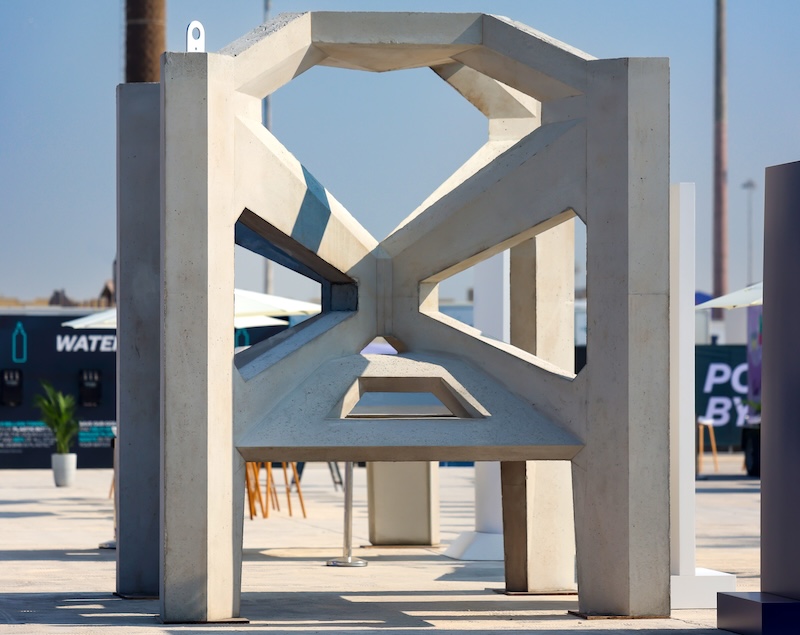
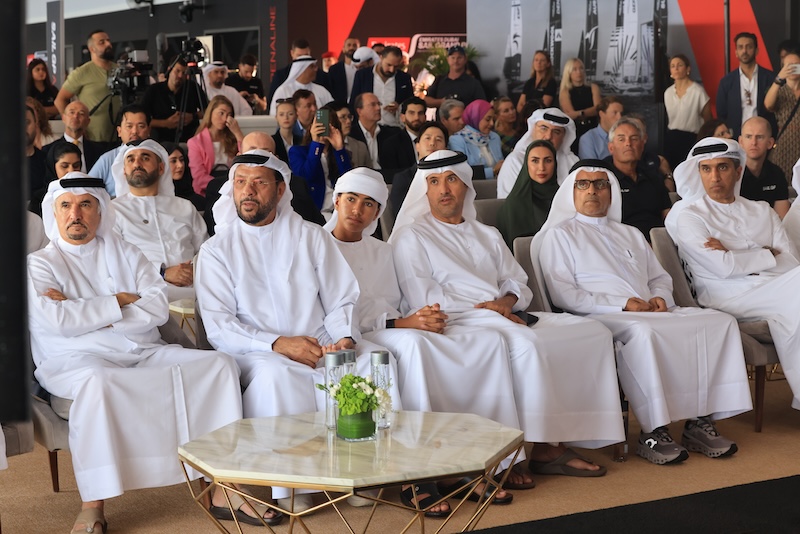











DUBAI REEF
DUBAI REEF
DUBAI REEF
DUBAI REEF
DUBAI REEF
DUBAI REEF
DUBAI REEF
DUBAI REEF
DUBAI REEF
But, a project launched at the Emirates Dubai Sail Grand Prix last week represents a new genre of mega endeavour. A manmade purpose-built marine reef, the largest of its kind (single purpose-built reef development) in the world.
DUBAI REEF comes to us as part of Dubai Can – a sustainability initiative launched by His Highness Sheikh Hamdan bin Mohammed bin Rashid Al Maktoum, Crown Prince of Dubai, Deputy Prime Minister and Minister of Defence of the UAE, and Chairman of The Executive Council of Dubai.
It’s a conservation project that will ultimately use tens of thousands of simulated reef modules constructed from sustainable concrete and steel. The aim is to create an environment that will house and rehabilitate coastal and marine life. This initial phase of DUBAI REEF requires the placement of 1,000 modules. And like all Dubai megaprojects the stats and figures involved are truly sturgeoning.
DUBAI REEF in numbers
- The reef will eventually be composed of 20,000 individual reef modules.
- The placement of the reef modules involves four seperate clusters spanning 600 square kilometres of Dubai’s waters.
- Studies have established that the optimal depth of the modules for biodiversity and population growth is between 18 and 25 metres.
- The modules are designed to last more than 100 years.
- Work is scheduled to be fin-nished by 2027.
Module types
The 20,000 modules will come in a variety of different sizes, with each of the constituent types having their own name, and ecological operational purpose.
Reef Shade
Characterised by a dome-shaped design engineered to promote coral fixing and increase ‘demersal fish populations’. These sorts module provide excellent homes for species such as hamour, sheri, and kofer. Built to withstand high energy waves, these components will be placed in shallow coastal waters.
Arab Marine Pyramid
Conceived and constructed especially for the Arabian Gulf’s waters – this module is one of the most stable reef designs. You’ll find it on soft sediment seabeds, at depths of around 20 metres and making a home for a variety of marine life.
X-Reef
Capable of supporting entire marine ecosystems through its provision of shade, shelter, and habitat, this module will provide sanctuary for several fish species as well as enhancing existing oyster beds.
Fish Cube
The primary function of these large structures is to create an anchor point for coral and algae colonies to attach to. Thus providing a nutrition source and shelter for multiple fish species.
Fish Cave
This deep-sea module is all about the surface area to volume ratio, and because its structure will experience only minimal corrosion, it’s built to last.
Ocean Castle
Gonna need a bigger module? As the name suggests, this poisson palace is the biggest variety of DUBAI REEF module. With a volume of over 145m³, it’s capable of putting a roof over the heads of demersal (groundfish) and pelagic (fish with open sea habitat) species. All of the above will make it an attractive opper-tuna-ty for divers to explore marine life.
Images: Provided
